
Embarking on a wine education journey opens up a world where each bottle tells a unique story, especially when exploring the realm of white wines. Among the stars of this vibrant world are Sauvignon Blanc and Chardonnay, two of the most popular wines globally. Both varieties boast distinct personalities, from their taste profiles to the best food pairings.
This blog post delves into the delightful contrasts and shared qualities of these beloved wines, guiding you through the nuances of Sauvignon Blanc taste and Chardonnay flavor. Whether you’re a seasoned connoisseur or a newcomer eager for wine 101 knowledge, join me in exploring these exquisite whites.
Chardonnay vs Sauvignon Taste Comparisons
What does Sauvignon Blanc taste like
Sauvignon Blanc wines are celebrated for their vibrant acidity and fresh, crisp flavor. Originating from the cool climate regions of France, particularly from Bordeaux and the Loire Valley, Sauvignon Blanc has found a second home in New Zealand, where it has taken on a new identity. The typical Sauvignon Blanc taste is a lively mix of green and fruit flavors, including green apple, passion fruit, and sometimes a hint of herbaceous notes like bell pepper. These wines are usually light to medium-bodied, making them incredibly refreshing. Sauvignon Blanc’s sharp flavor profile makes it an excellent companion to food pairings such as green vegetables and fresh seafood, enhancing the dining experience with its zest.
Warm Climate vs Cool Climate Sauvignon Blanc
Warm climate Sauvignon Blanc typically exhibits riper, more tropical fruit flavors such as melon, peach, and passion fruit, due to the higher temperatures accelerating the ripening process of the grapes. These versions tend to have lower acidity and a fuller body compared to their cool climate counterparts.
Cool climate Sauvignon Blanc, on the other hand, is known for its high acidity, lighter body, and vibrant, crisp flavors. It often showcases green and citrus notes, including green apple, lime, and gooseberry, along with herbaceous qualities like grass and bell pepper. The climate significantly influences the grape’s flavor profile, with cool climates preserving the grape’s natural acidity and fresh flavors, while warm climates enhance its fruitiness and richness.
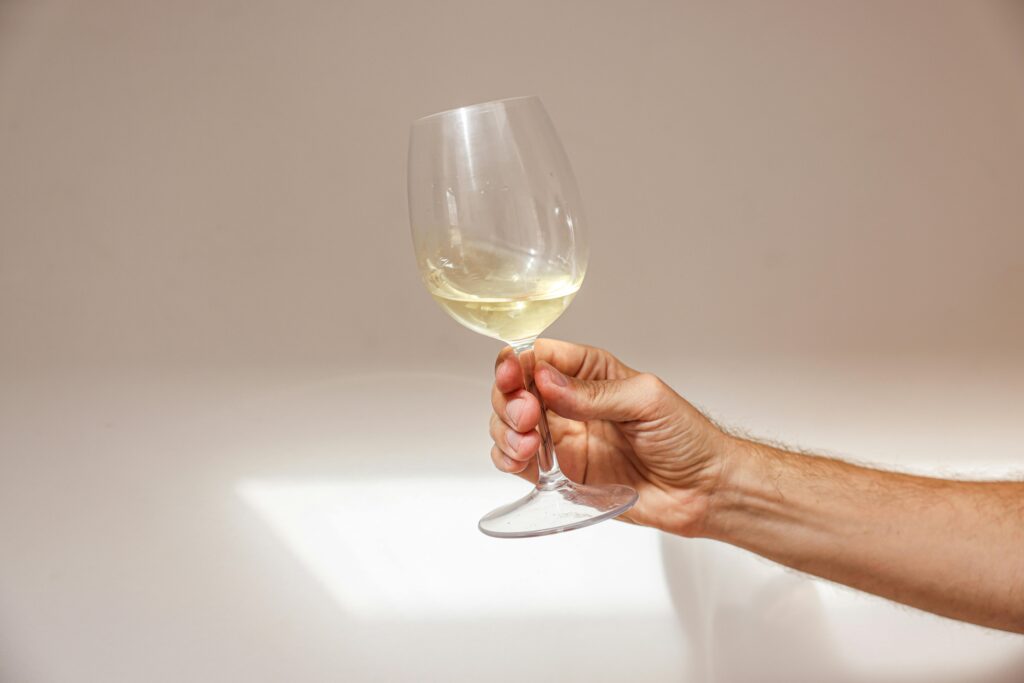
What does Chardonnay taste like
Chardonnay, on the other hand, offers a broader palette of flavors due to its versatility in winemaking styles. Grown in both cool climate regions, like France’s Burgundy and Sonoma in the United States, and warmer areas, Chardonnay grapes can produce a wide range of taste profiles. Un-oaked Chardonnay tends to lean towards crisp fruit flavors such as apple, pear, and citrus, maintaining a lighter body similar to Sauvignon Blanc. However, oaked Chardonnay undergoes fermentation or aging in oak barrels, introducing a richer, more buttery flavor with notes of vanilla and toast. This process results in a full-bodied wine that pairs wonderfully with cream-based dishes and chardonnay food favorites like roasted chicken or grilled fish.
The Difference Between Oaked and Unoaked Chardonnay Taste
The difference between oaked and unoaked Chardonnay lies primarily in their taste profiles and textures.
Oaked Chardonnay is aged in oak barrels, which imparts rich flavors of vanilla, butter, caramel, and sometimes a toasty or smoky character to the wine. This aging process also tends to make the wine fuller-bodied, with a creamier texture.
Unoaked Chardonnay, on the other hand, is fermented and aged in stainless steel or other neutral vessels, preserving the grape’s natural crispness and acidity. It showcases brighter, more fruit-forward flavors such as green apple, citrus, and pear, resulting in a lighter, fresher tasting wine with a more mineral-driven character.
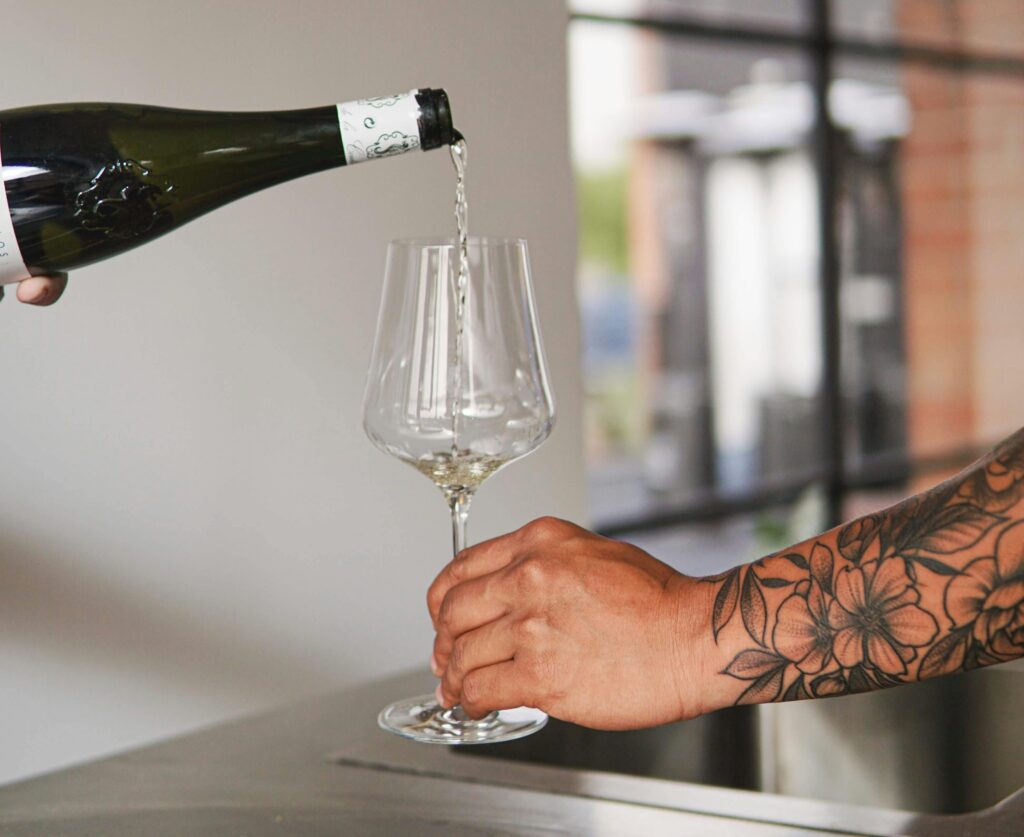
Chardonnay vs Sauvignon Food Pairings
Sauvignon Blanc Food Pairing Choices
When it comes to food pairing, the sharp and zesty nature of Sauvignon Blanc makes it a perfect match for lighter dishes, such as salads dressed with vinaigrette, goat cheese, and dishes featuring green vegetables. Its ability to complement the green and herbal elements in food is unparalleled, making it a favorite for enhancing the flavors of a meal without overwhelming them.
Best Sauvignon Blanc Pairings
- Goat Cheese Crostini: The crisp acidity and herbaceous notes of Sauvignon Blanc cut through the creamy texture of goat cheese, making it an excellent match for goat cheese crostini, enhanced with a drizzle of olive oil and fresh herbs. Suggested: Easy Herbed Goat Cheese.
- Grilled Shrimp with Lime: The zesty lime and fresh flavors of grilled shrimp harmonize beautifully with the citrusy undertones of Sauvignon Blanc, creating a refreshing and light pairing ideal for summer evenings.
- Caesar Salad: Sauvignon Blanc’s sharp acidity and green notes complement the tangy Caesar dressing and crisp romaine lettuce, balancing the salad’s richness with a refreshing zing.
- Asparagus Quiche: The notoriously difficult-to-pair asparagus finds a friend in Sauvignon Blanc, whose herbaceous qualities echo the green, earthy flavors of the vegetable, making it a delightful pairing with asparagus quiche.
- Thai Green Curry: The vibrant flavors and slight spiciness of Thai Green Curry are beautifully offset by the crisp, refreshing acidity of Sauvignon Blanc, which helps to cleanse the palate and enhance the dish’s complex flavors.
Chardonnay Food Pairing Choices
Chardonnay’s food pairing versatility shines when matched with richer fare. The buttery and creamy notes of an oaked Chardonnay can beautifully complement dishes with similar weight and texture, such as lobster with butter sauce or a creamy pasta dish. Meanwhile, the crisper, un-oaked Chardonnay styles work well with lighter seafood and poultry, bridging the gap between the refreshing zest of Sauvignon Blanc and the fuller body of oaked Chardonnay.
Best Chardonnay Food Pairings
- Roasted Chicken: The buttery notes of oaked Chardonnay complement the richness of roasted chicken, enhancing its savory flavors with the wine’s creamy texture and subtle oak influences.
- Grilled Sea Bass: A lightly oaked or unoaked Chardonnay pairs beautifully with grilled sea bass, where the wine’s crisp acidity and fruit flavors highlight the fish’s delicate taste and texture.
- Lobster with Butter Sauce: The luxurious texture and richness of lobster drizzled in butter sauce are matched perfectly by the full-bodied profile of an oaked Chardonnay, creating a harmonious balance between the dish and the wine.
- Vegetable Risotto: An unoaked Chardonnay, with its fresh acidity and citrus notes, complements the creamy, earthy flavors of a vegetable risotto, cutting through the richness while enhancing the dish’s overall taste.
- Goat Cheese Salad: The bright acidity and fruit-forward character of a lightly oaked or unoaked Chardonnay can elevate a simple goat cheese salad, contrasting the cheese’s tanginess and complementing the salad’s fresh ingredients. Suggested: Apple and Goat Cheese Salad.
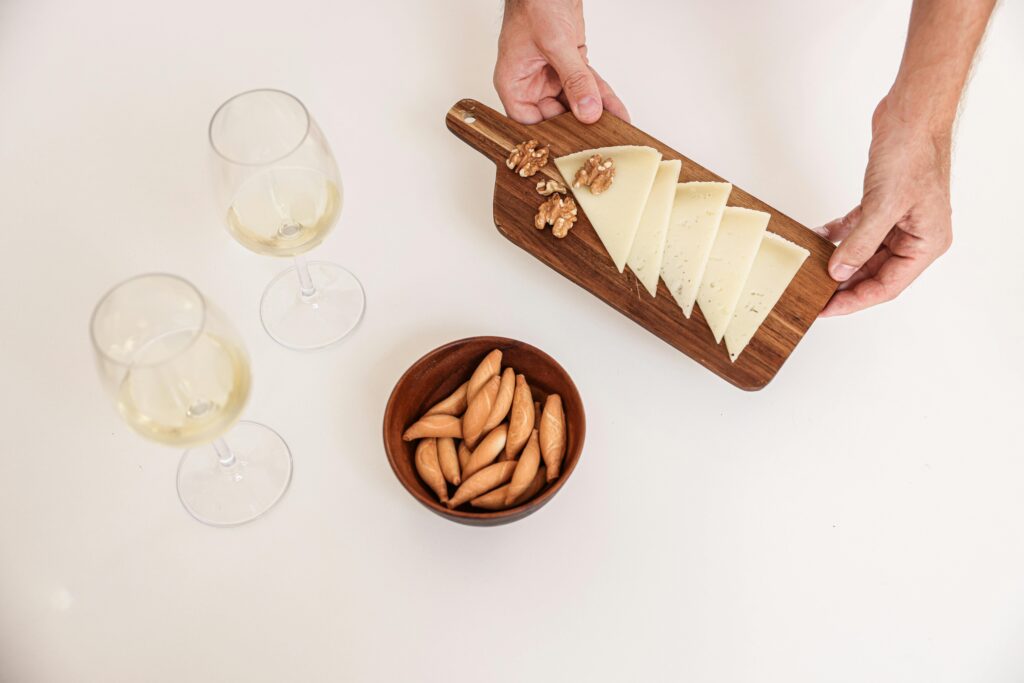
Wine Folly and Beyond: A Journey into Wine Education
For enthusiasts looking to dive deeper into the world of wines, resources like Wine Folly offer a treasure trove of wine education materials. Understanding the different climate conditions, grape varieties, and winemaking processes that influence the flavor profiles of Sauvignon Blanc and Chardonnay can enhance your appreciation and tasting experience. From the cool, misty vineyards of New Zealand’s Sauvignon Blanc to the sun-kissed Chardonnay grapes of Sonoma, each wine tells a story of its origin, crafted by the hands of skilled winemakers.
Conclusion
In the end, whether your preference leans towards the crisp, aromatic notes of Sauvignon Blanc or the rich, complex flavors of Chardonnay, the world of wine offers endless possibilities for exploration and enjoyment.
As you continue your journey through wine 101 and beyond, remember that the best wine is not just about the flavor but the memories and experiences it brings. So, raise a glass to the delightful discovery of wines, and may your adventures in tasting bring you closer to finding your favorite bottle. Cheers to the endless journey of wine education and the joy of uncovering the nuances that make Sauvignon Blanc and Chardonnay two of the most popular and beloved wines in the world.

Christopher is a food and lifestyle expert, recipe developer and the content creator behind May Eighty Five. With years of experience in the kitchen, he also shares tips, tricks and how to’s that he has learnt over the years. Every week, he shares quick, simple and mostly healthy recipes along with some home and entertaining tips. You will find flavorful cocktails, delicious appetizers, tasty mains and some indulgent desserts. As a home decor enthusiast, he also likes to share simple DIY projects and simple tips for a beautiful home.


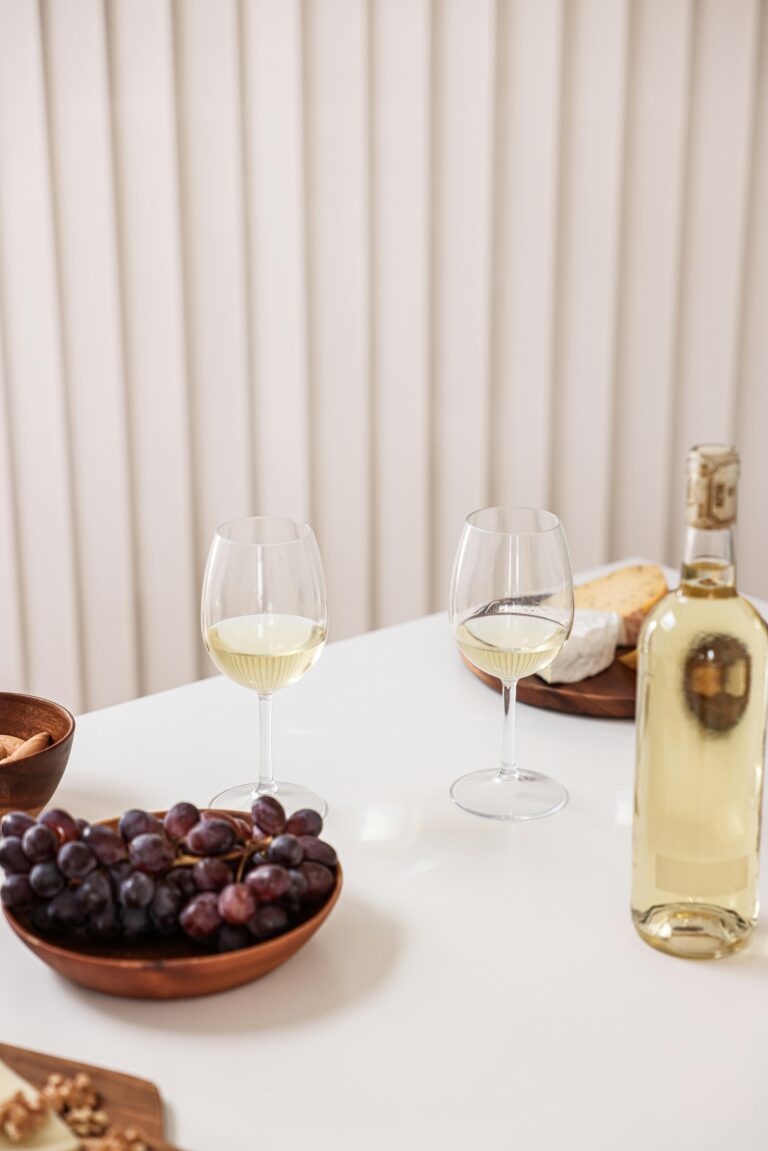
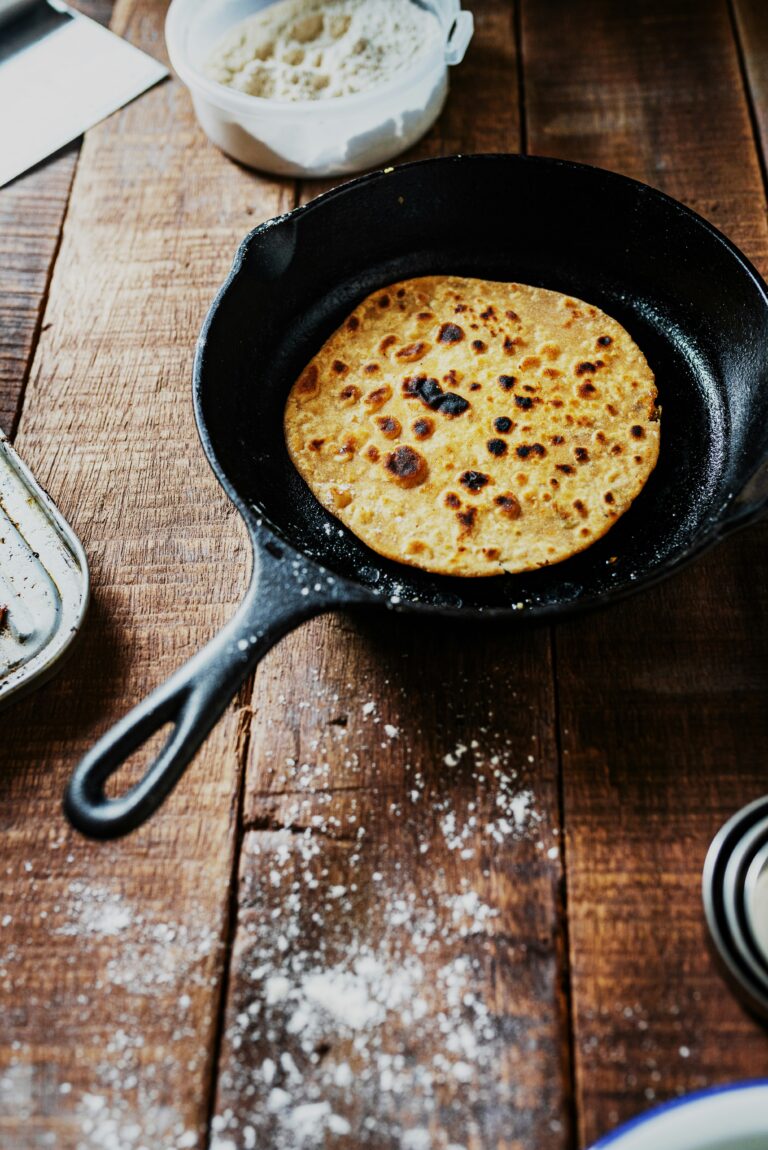

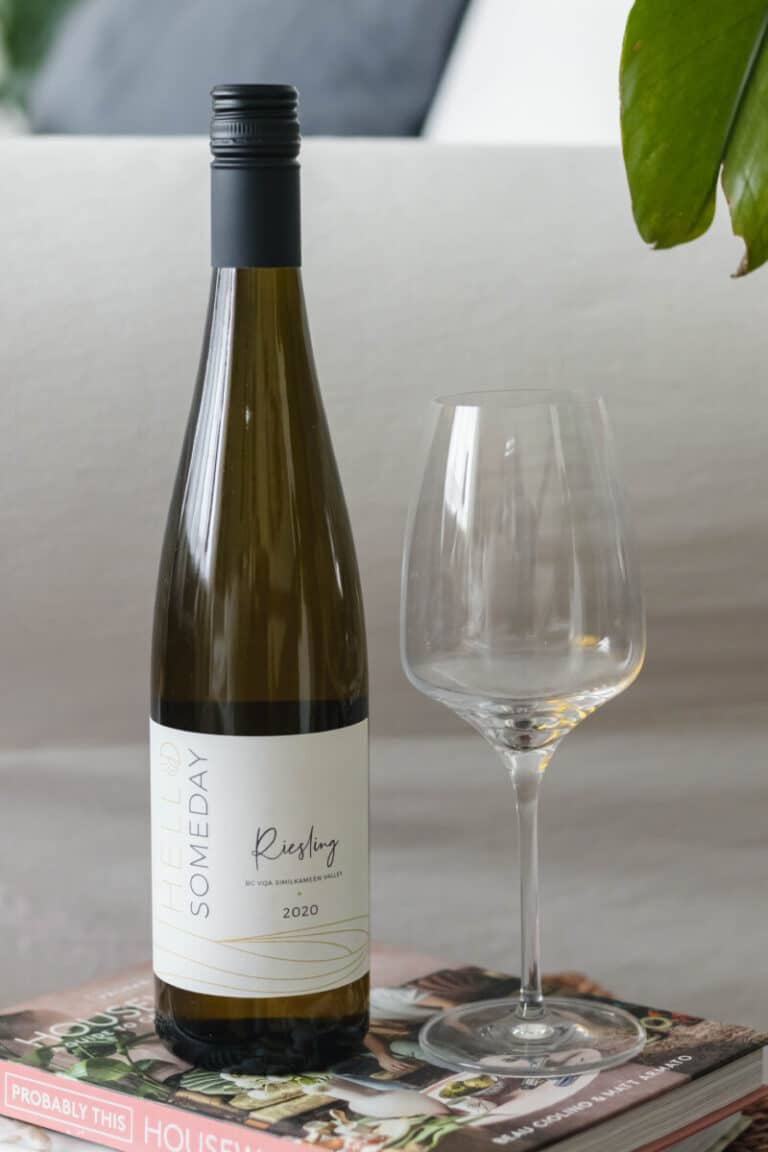
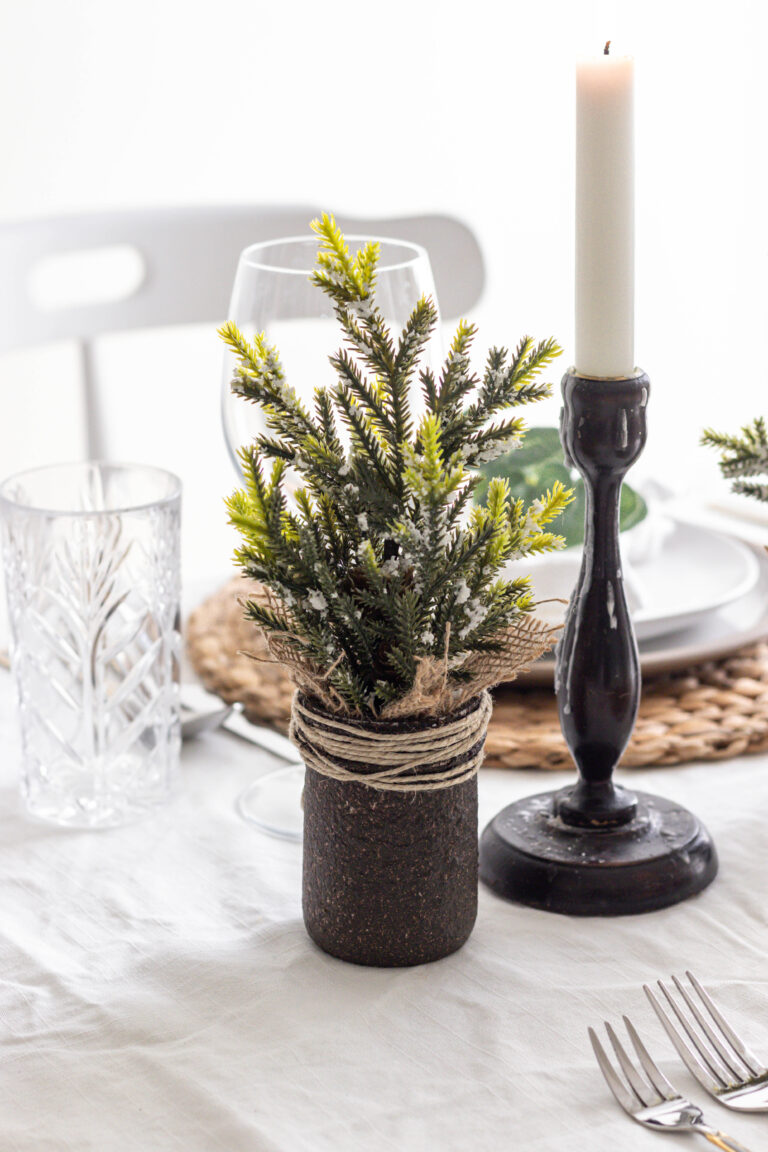
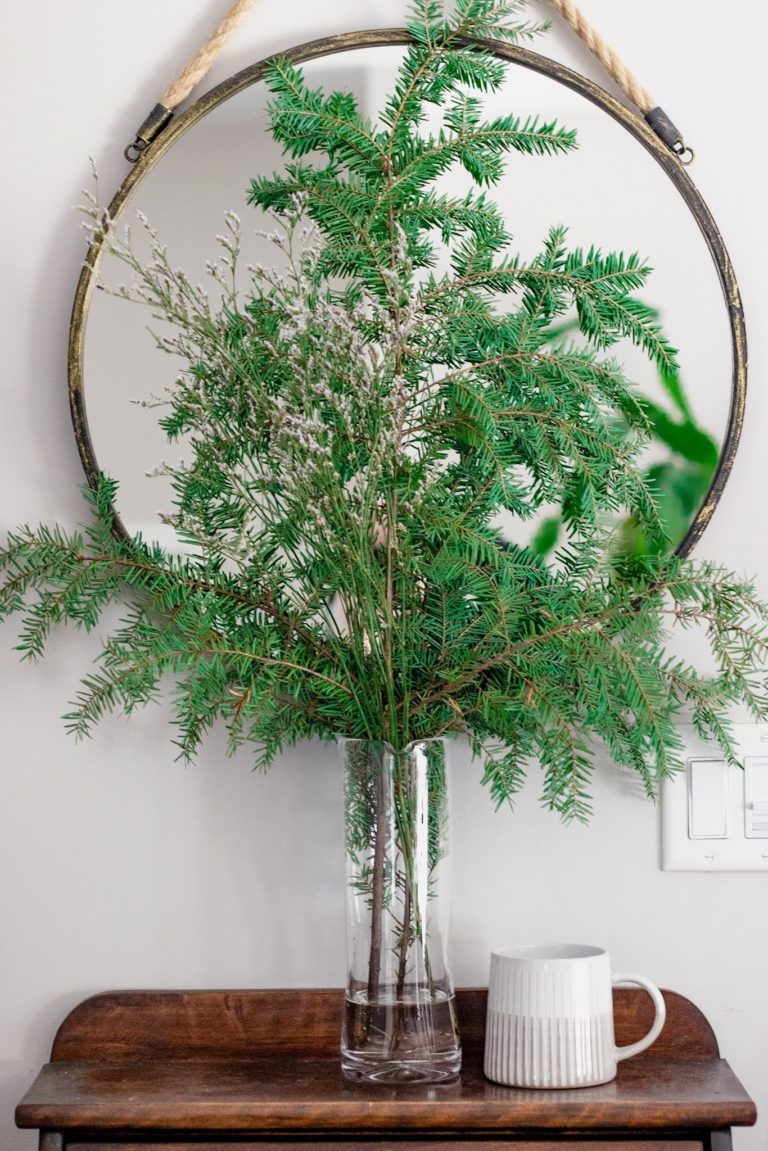
One Comment